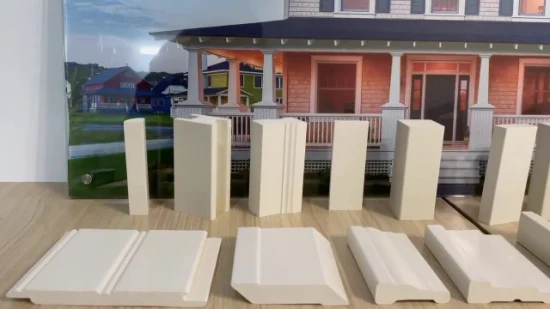Polyvinyl Chloride (PVC) is a widely used thermoplastic polymer known for its durability, chemical resistance, and versatility. In applications where fire safety is a priority—such as in electrical enclosures, construction materials, and automotive parts—standard PVC is often modified to be fire-retardant. Fire-retardant PVC (FR-PVC) offers enhanced flame resistance while maintaining the advantageous properties of conventional PVC, making it a critical material in injection molding and other forming processes.
Composition and Additives
Fire-retardant PVC is formulated by incorporating flame-retardant additives that inhibit or slow the ignition and spread of fire. Common additives include:
Aluminum Hydroxide (ATH) and Magnesium Hydroxide (MDH): These release water when heated, which cools the material and dilutes flammable gases.
Chlorinated Paraffins: Enhance the inherent flame resistance of PVC by increasing chlorine content.
Antimony Trioxide: Acts as a synergist, especially when used with halogenated compounds, to improve flame suppression.
Phosphorus-based compounds: Reduce smoke and enhance char formation.
These additives can be tailored to meet specific standards such as UL 94 V-0, which is often required in electrical and electronic applications.
Molding Process
Injection Molding is the most common method used to shape fire-retardant PVC into complex and precise components. Key considerations during the molding process include:
Processing Temperature: Typically ranges from 160°C to 200°C. Care must be taken to avoid degradation, which can release toxic gases.
Mold Design: Venting is crucial to allow the escape of gases and prevent defects.
Screw Design: Should be corrosion-resistant and designed to minimize shear and overheating.
Cycle Time: Often slightly longer than standard PVC due to the thermal stability of flame-retardant additives.
Other molding techniques like compression molding and extrusion may also be used depending on the application.
Applications
Fire-retardant PVC is used in various industries due to its excellent flame resistance, insulation properties, and mechanical strength. Common applications include:
Electrical and Electronics: Cable insulation, switch boxes, and connector housings.
Construction: Fire-resistant wall panels, conduits, and window profiles.
Automotive: Dashboard components, under-the-hood parts, and protective sheathing.
Consumer Goods: Flame-retardant casings for appliances and tools.
Advantages
Enhanced fire resistance
Maintains durability and mechanical properties
Cost-effective compared to other flame-retardant polymers
Easy to process with existing molding equipment
Limitations
Potential release of toxic gases (like HCl) upon combustion
May require special handling and ventilation during processing
Limited flexibility compared to some non-halogenated alternatives
Conclusion
Fire-retardant PVC plays a crucial role in safety-critical applications by combining the benefits of PVC with enhanced flame resistance. Through careful formulation and proper molding practices, manufacturers can produce high-performance, fire-safe components suitable for a range of industries. As fire safety standards become more stringent, the demand for FR-PVC in molding continues to grow, driving innovation in both material science and processing technologies.


